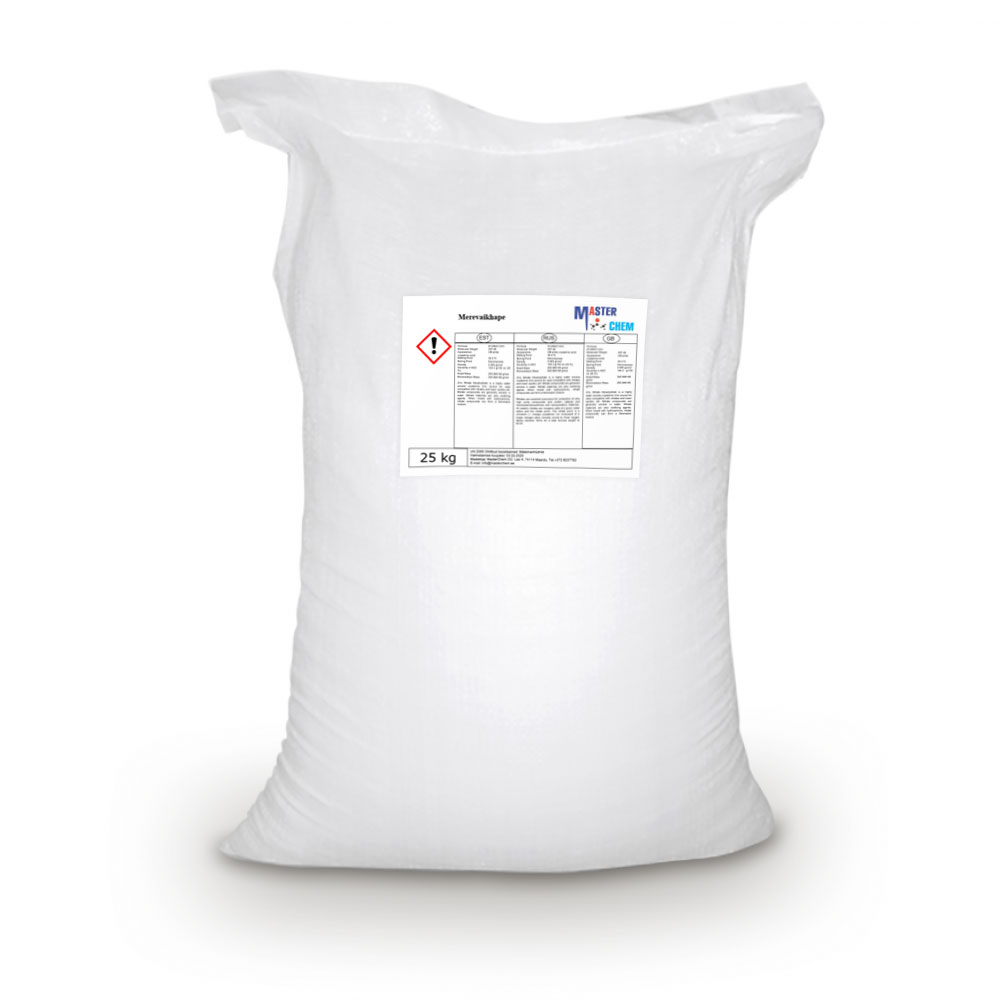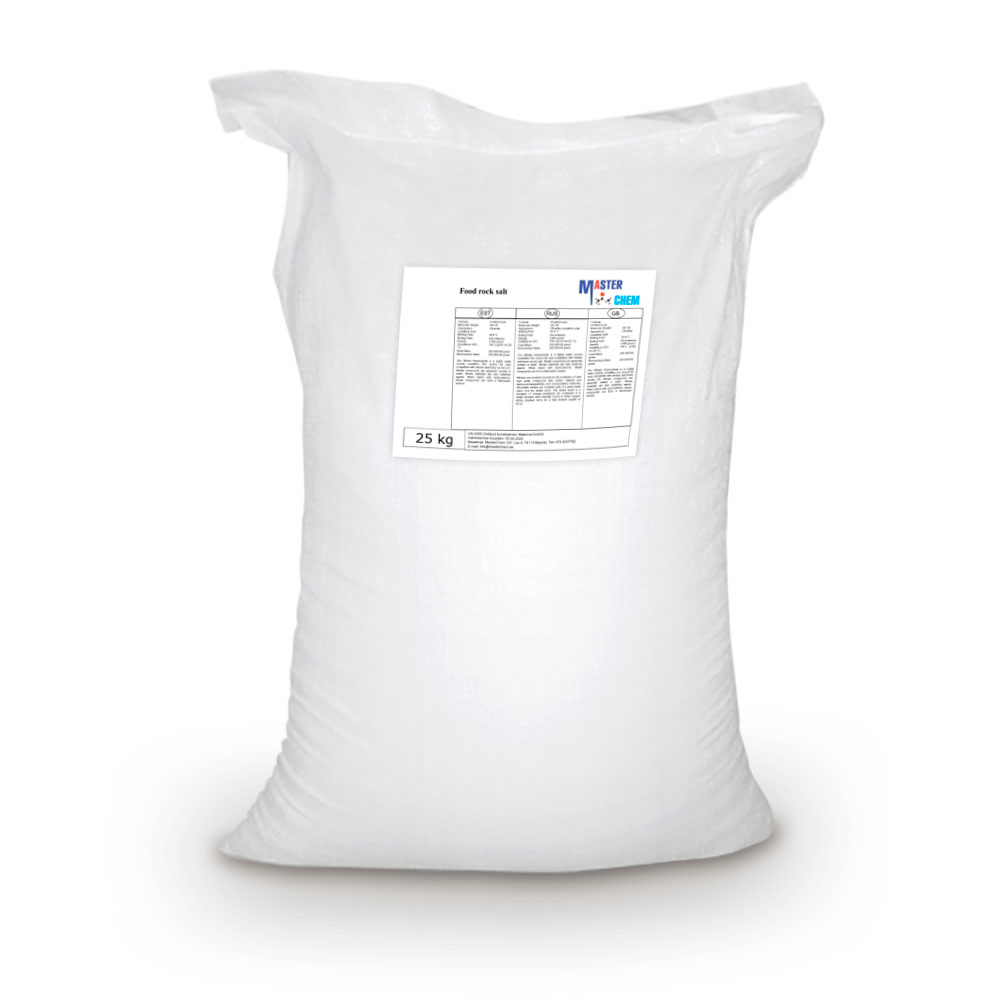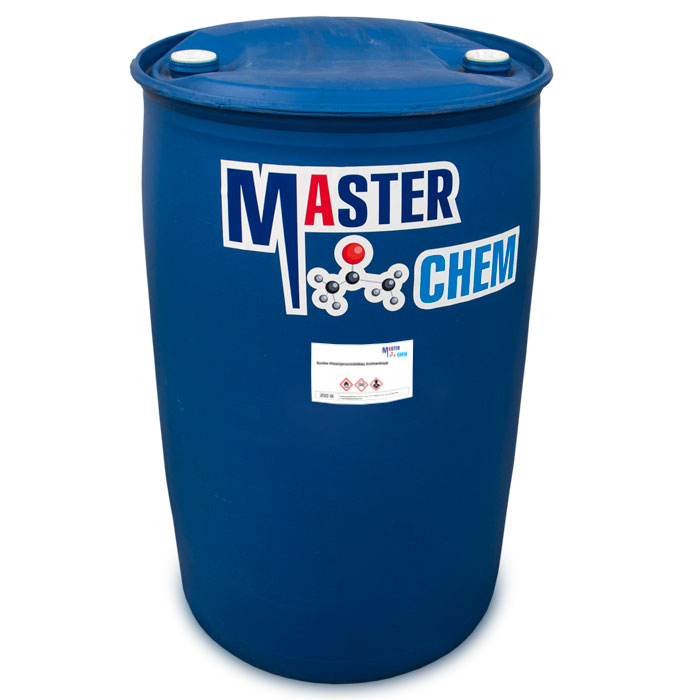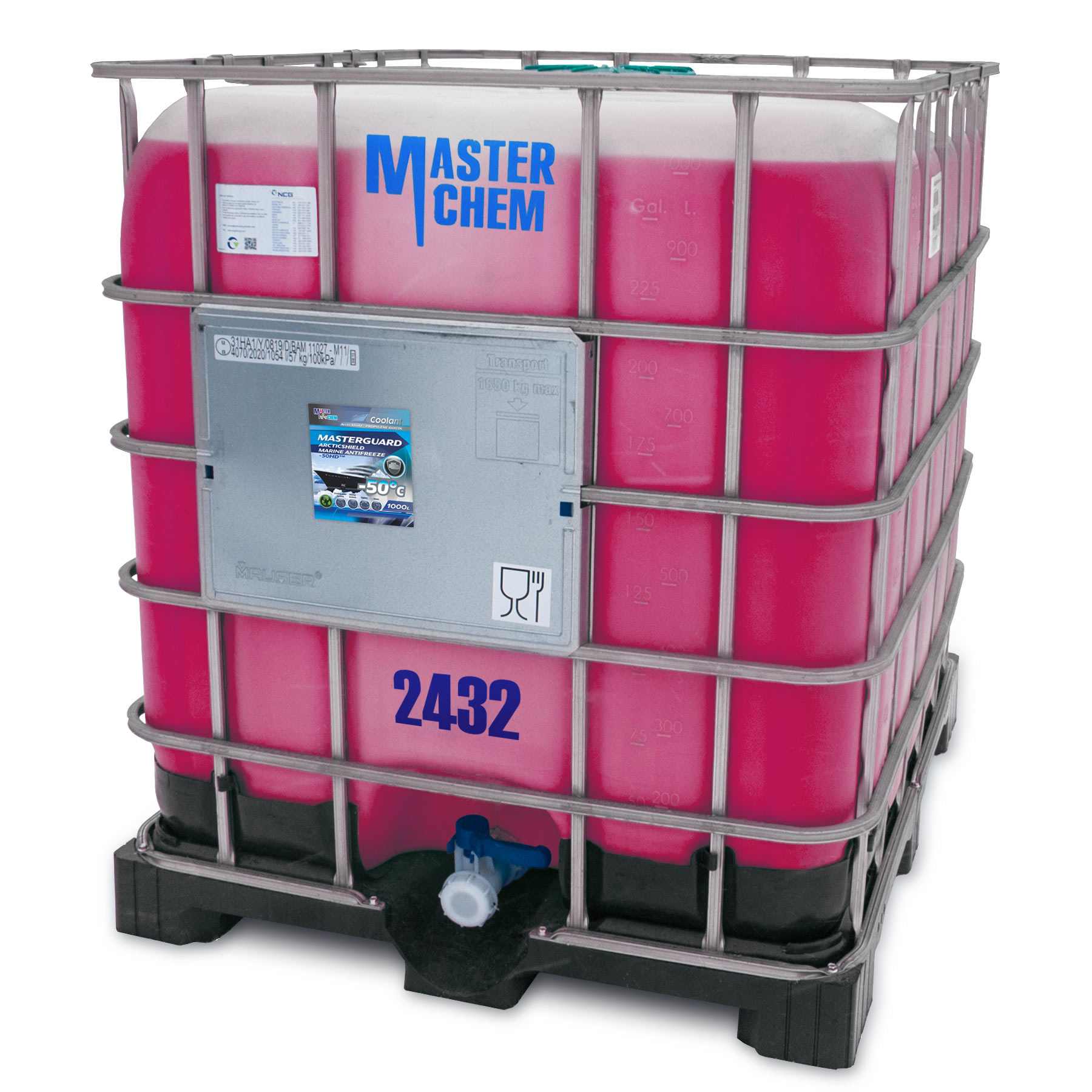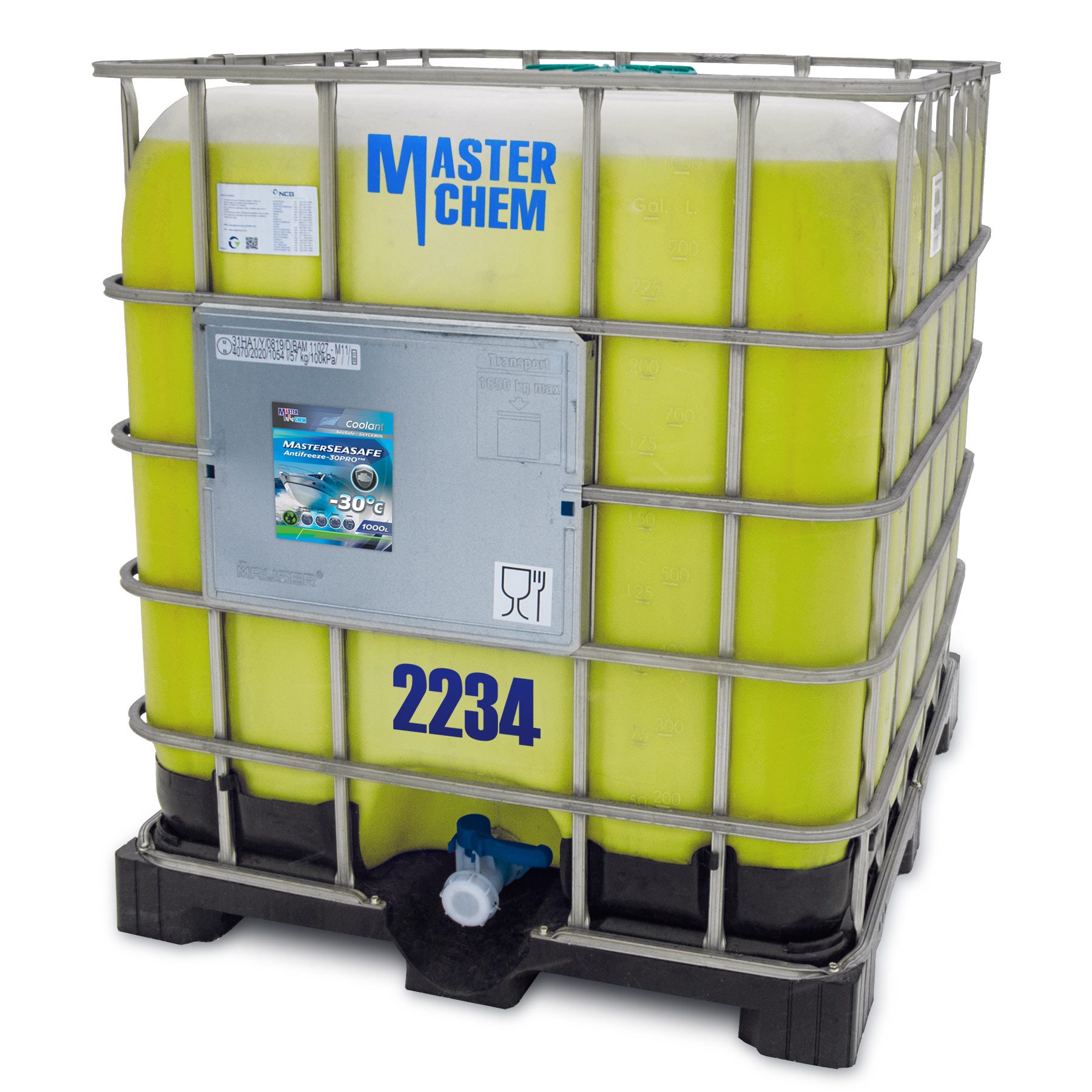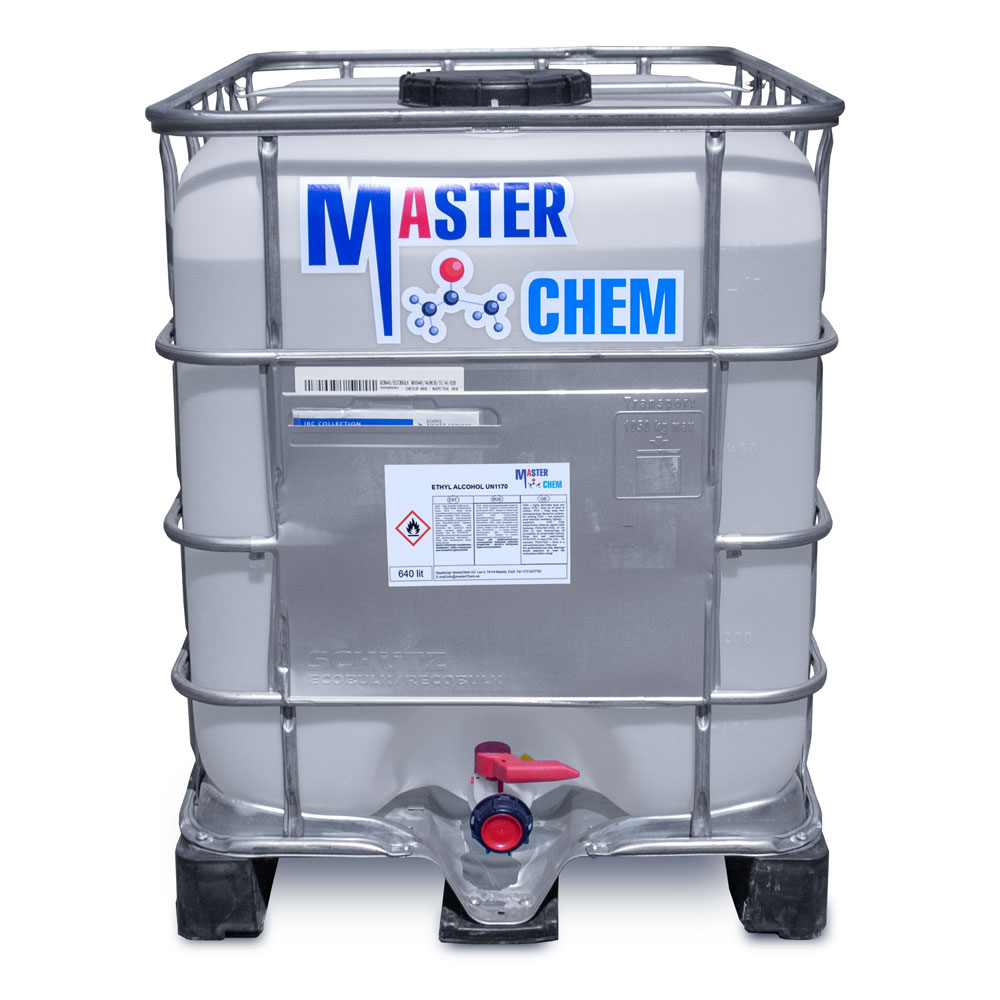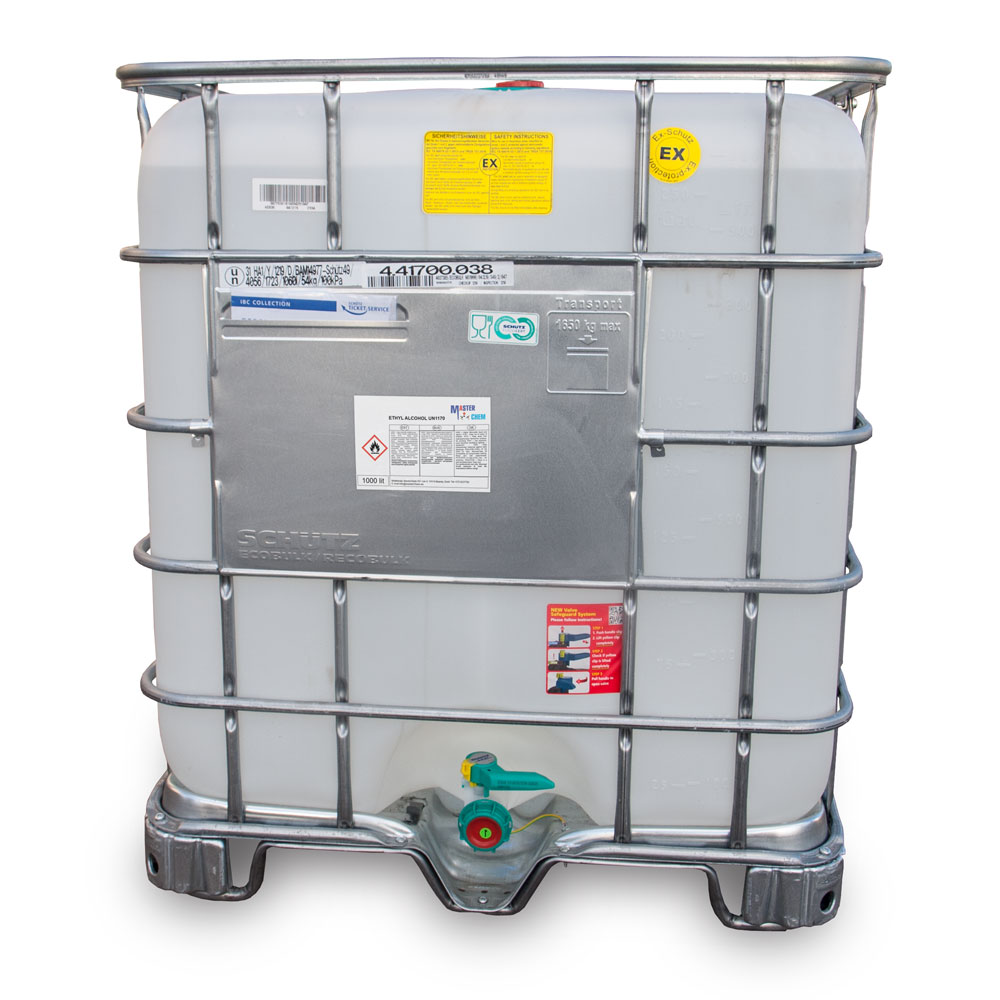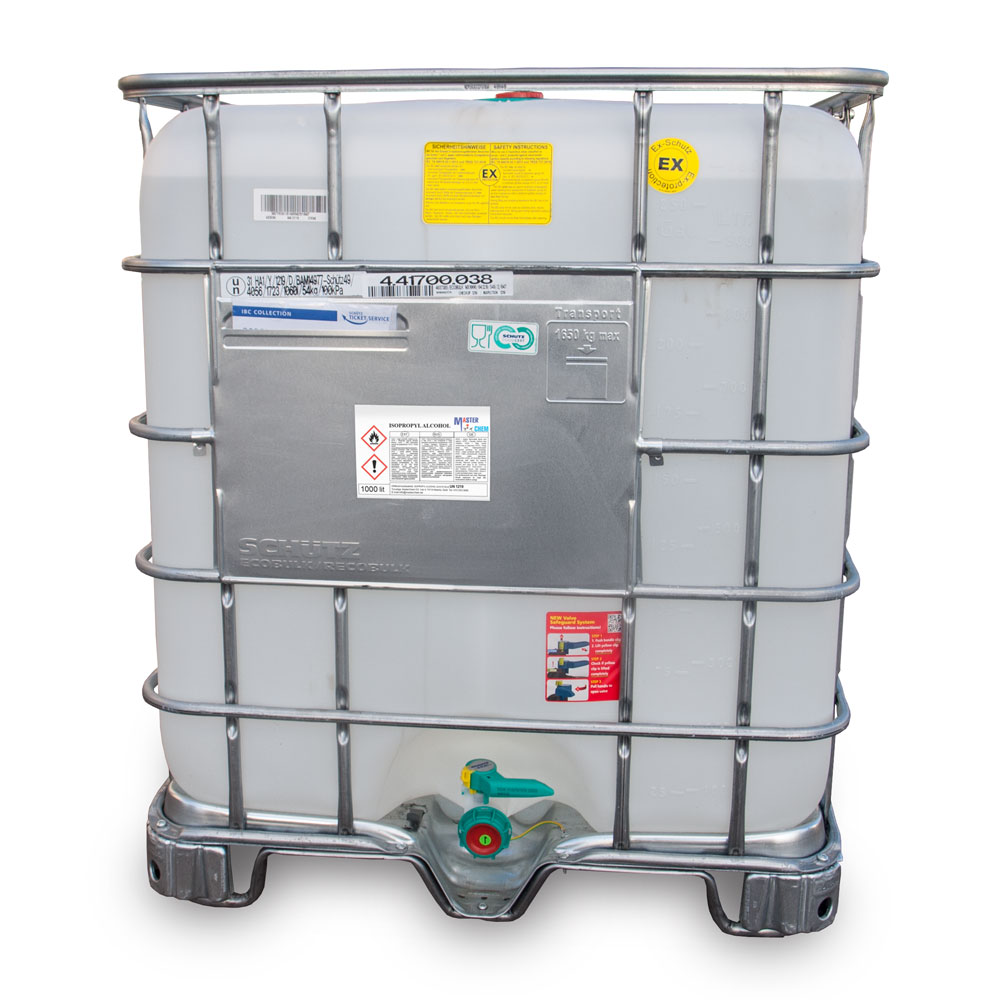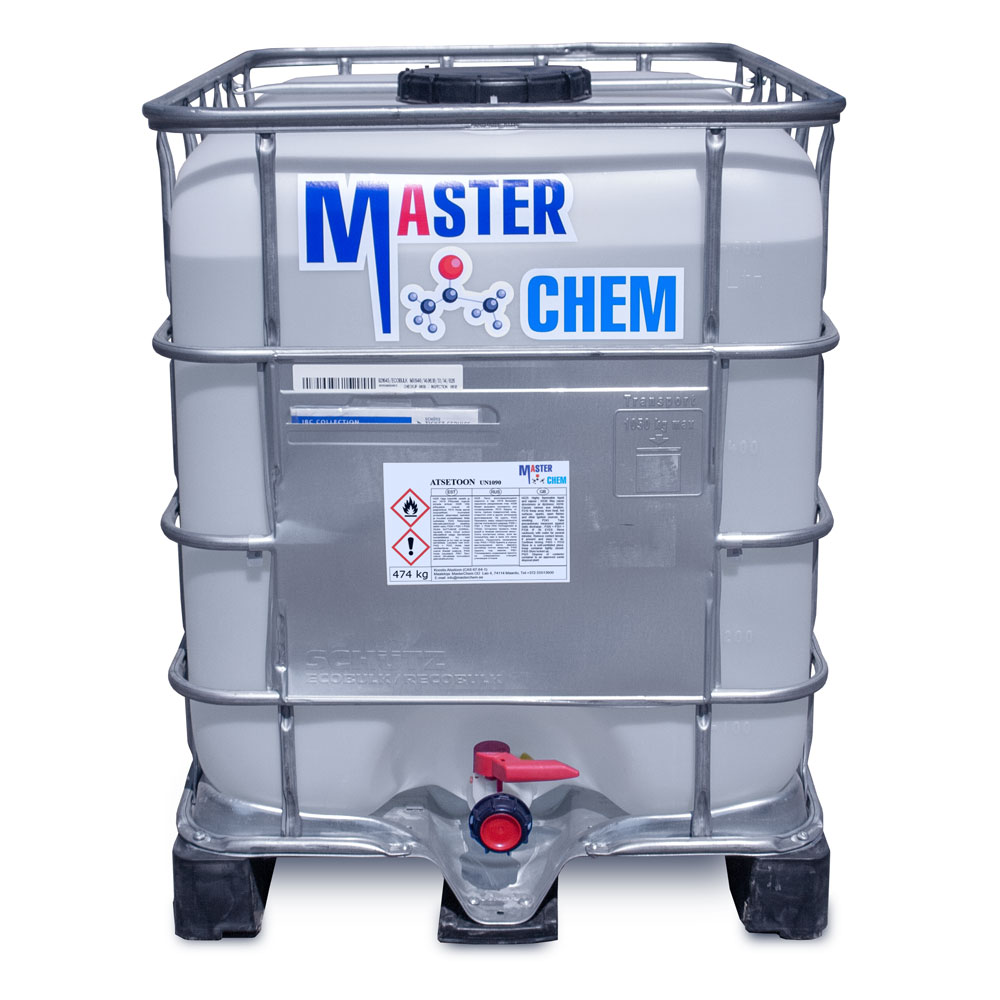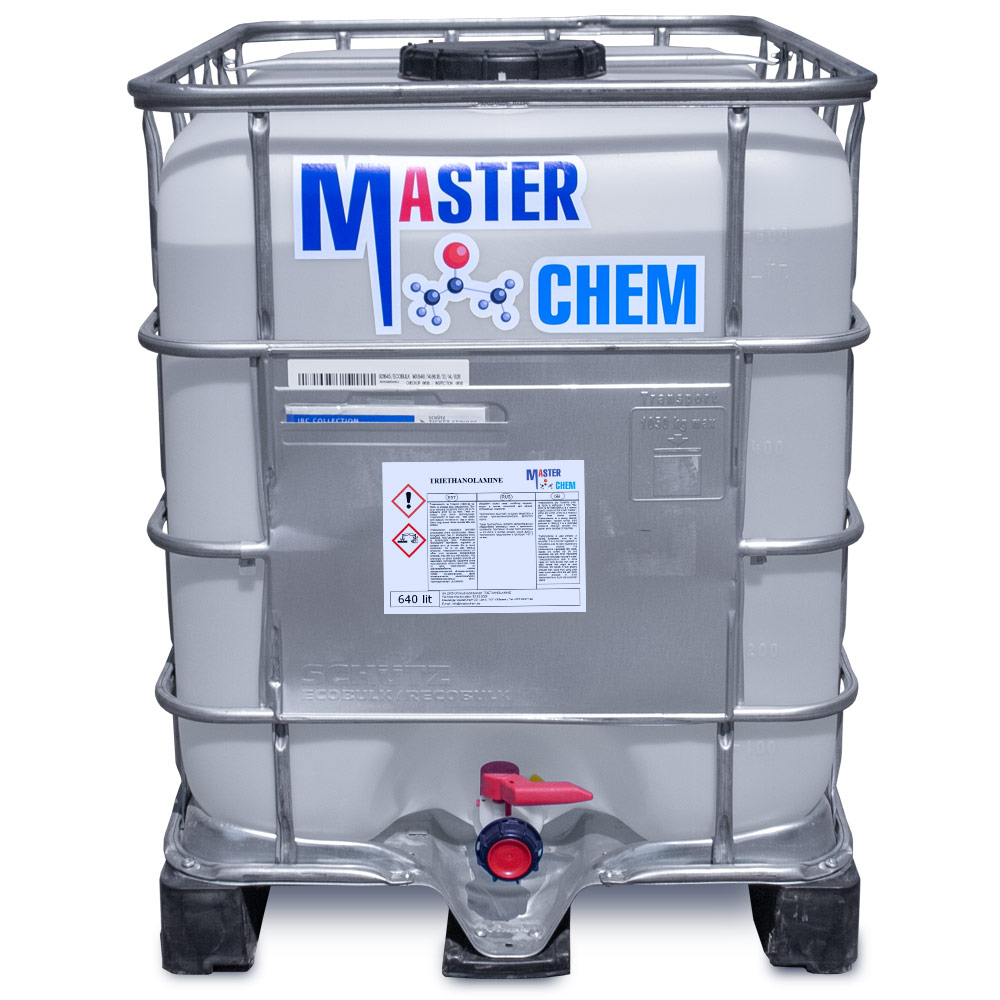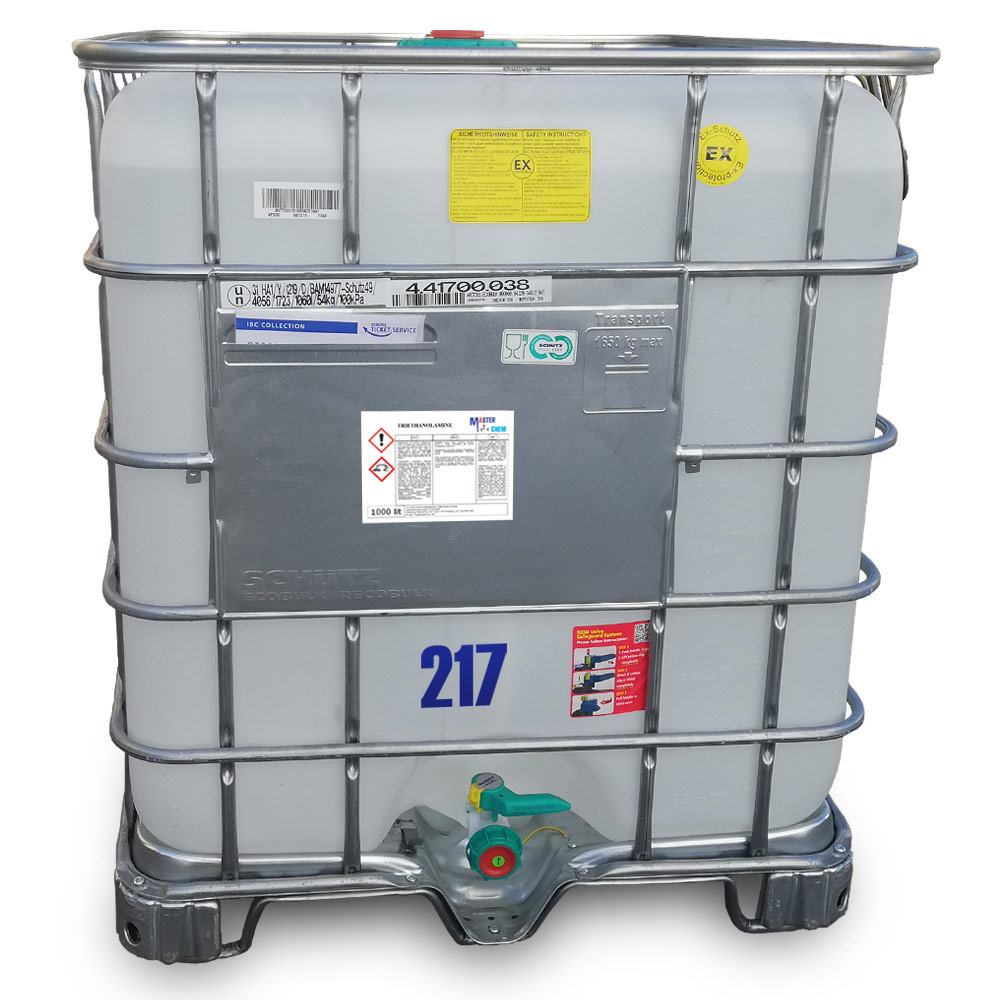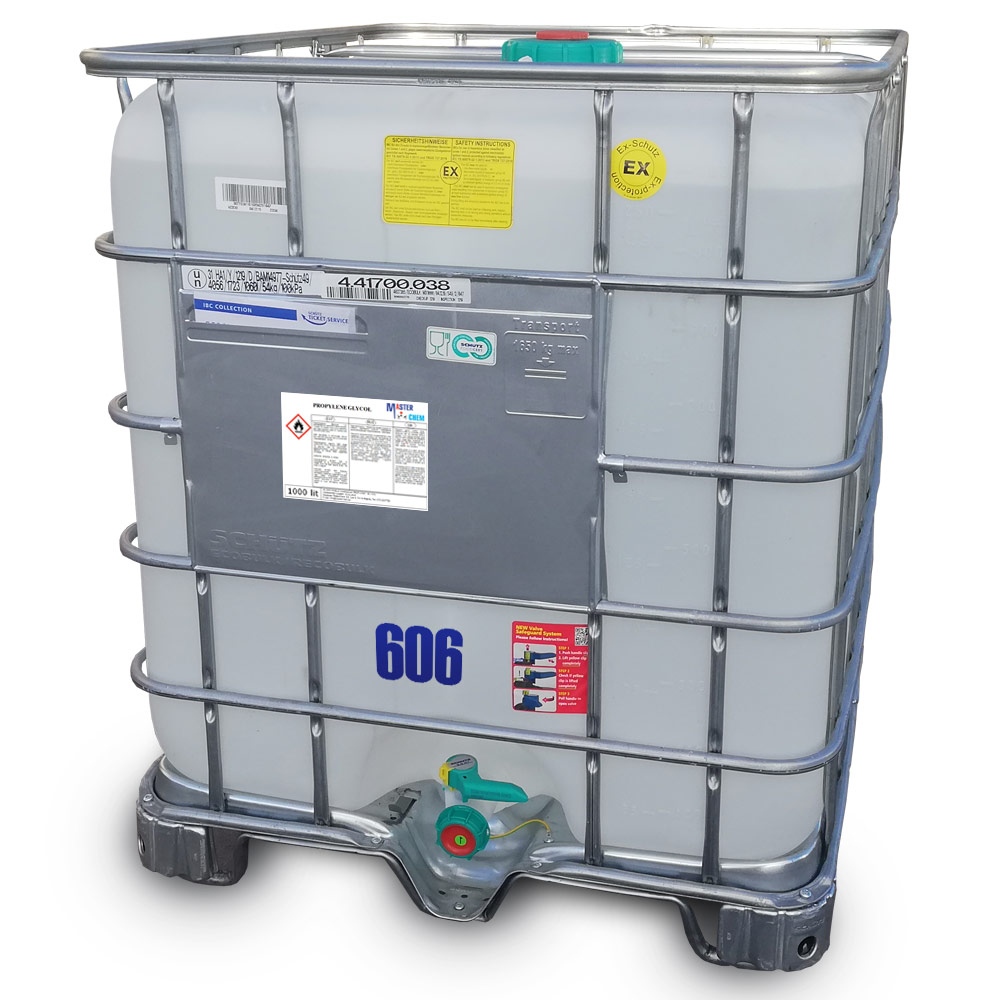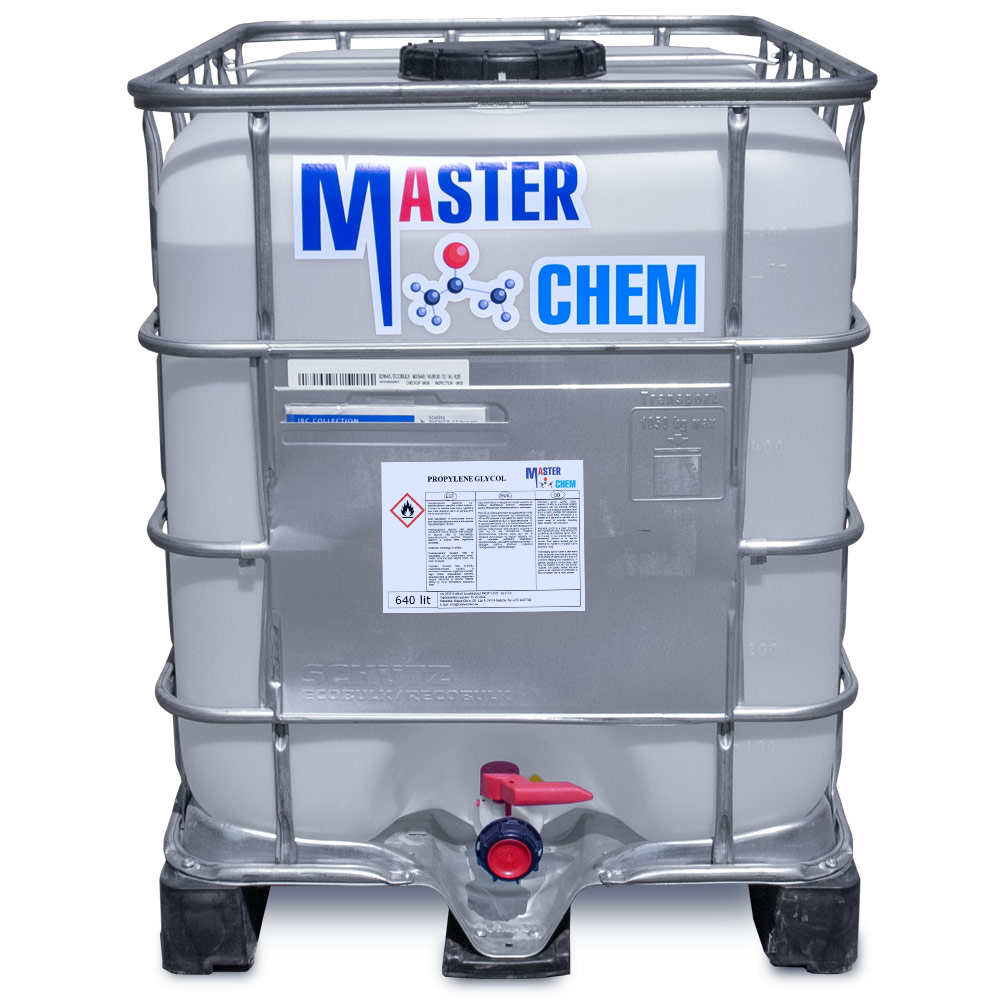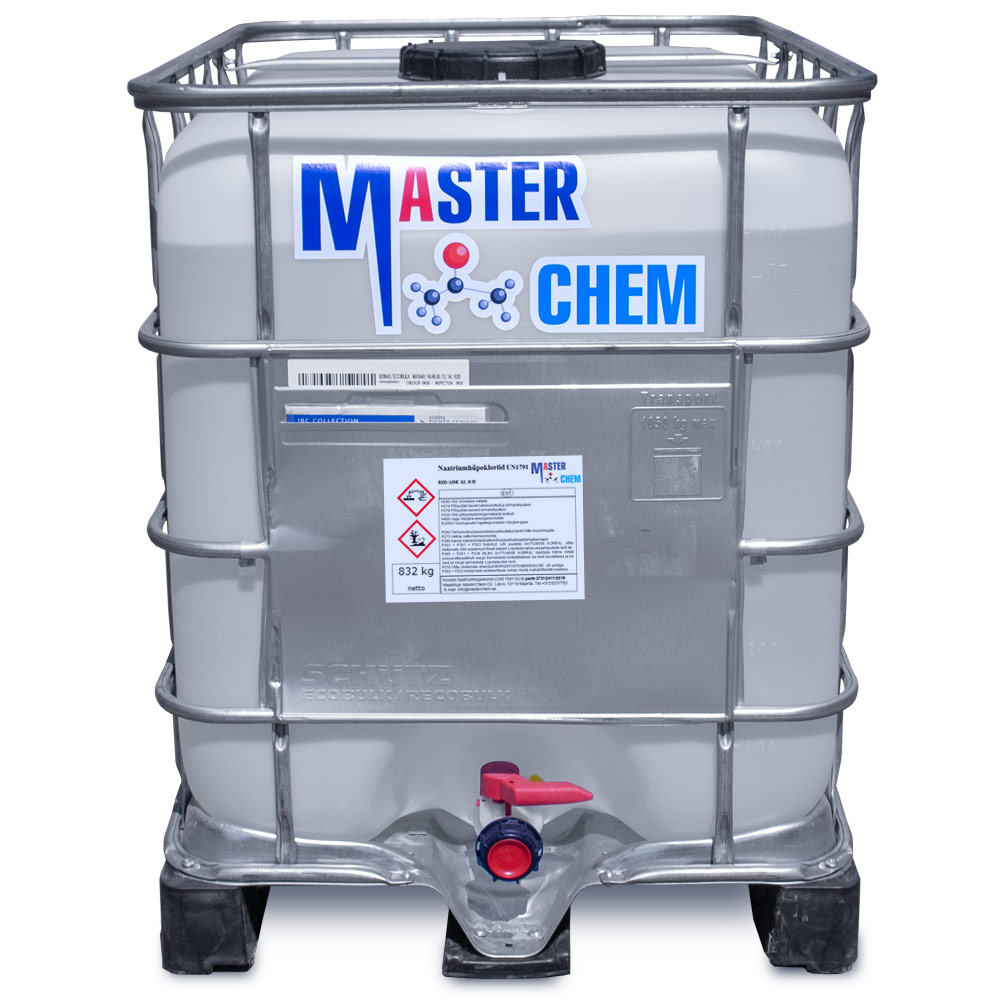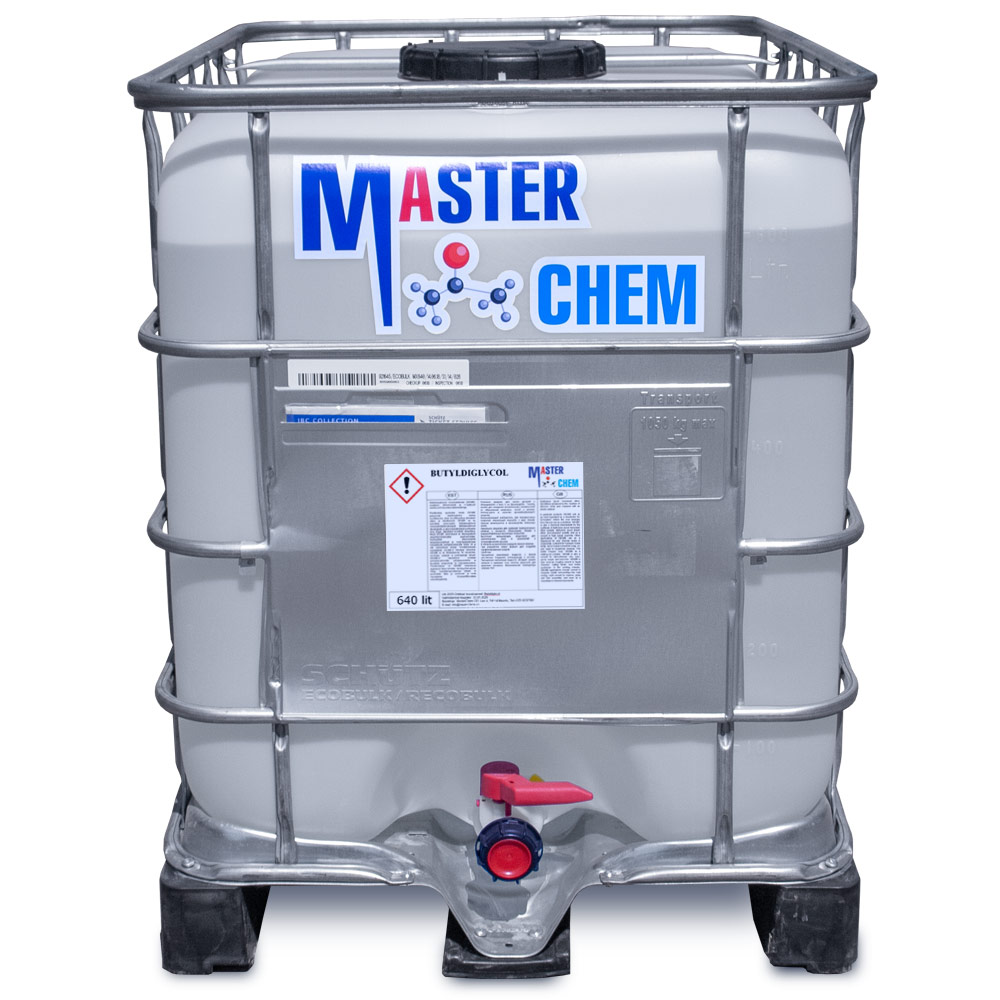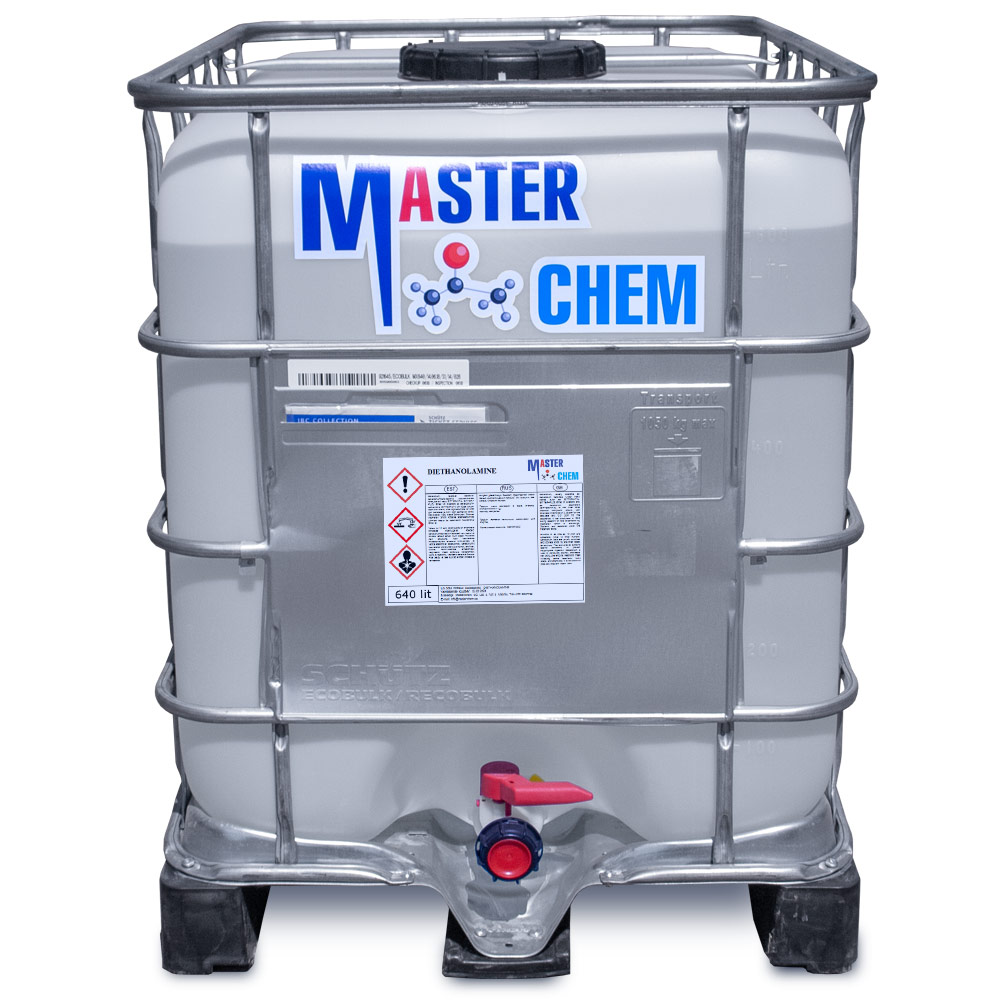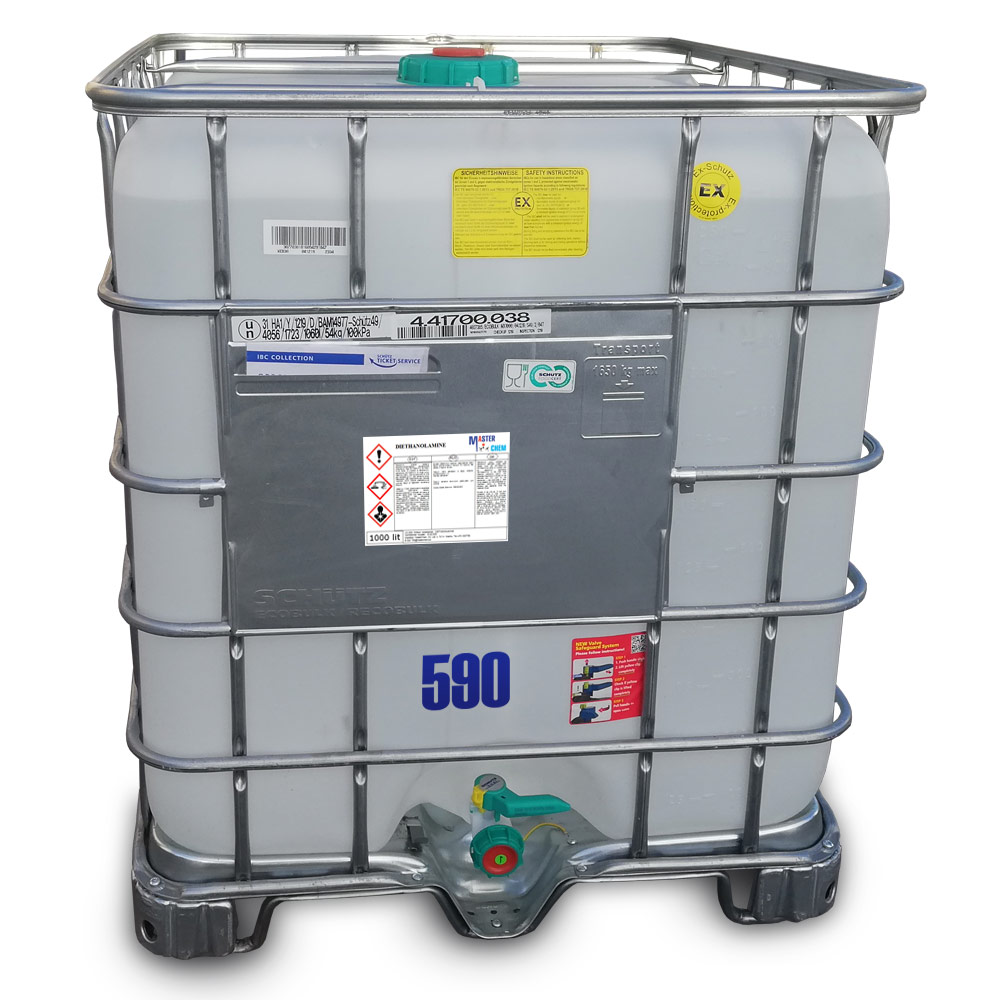Currently Empty: €0.00
Amber Acid (CAS 110-15-6)
Amber Acid (CAS 110-15-6)
Succinic acid (/səkˈsɪnɪk/) is a dicarboxylic acid with the chemical formula (CH2)2(CO2H)2. In living organisms, succinic acid takes the form of an anion, succinate, which has multiple biological roles as a metabolic intermediate being converted into fumarate by the enzyme succinate dehydrogenase in complex 2 of the electron transport chain which is involved in making ATP, and as a signaling molecule reflecting the cellular metabolic state.
Succinate is generated in mitochondria via the tricarboxylic acid cycle (TCA). Succinate can exit the mitochondrial matrix and function in the cytoplasm as well as the extracellular space, changing gene expression patterns, modulating epigenetic landscape or demonstrating hormone-like signaling. As such, succinate links cellular metabolism, especially ATP formation, to the regulation of cellular function.
Dysregulation of succinate synthesis, and therefore ATP synthesis, happens in some genetic mitochondrial diseases, such as Leigh syndrome, and Melas syndrome, and degradation can lead to pathological conditions, such as malignant transformation, inflammation and tissue injury.
Succinic acid is marketed as food additive E363. The name derives from Latin succinum, meaning amber.
€0.00
Product Description
Industries: Pharmaceutical industry
CAS number: 110-15-6
WE number: 203-740-4
Chemical formula: C4H6O4
Molar mass: 118,09 g/mol
Customs tariff code: 29171980
Other physical properties
pH: 2,7 (10 g/l w 20°C)
Melting / freezing point: 187°C
Boiling point / range: 235°C
Relative density: 1,32 g/cm3 (20°C)
Solubility in water: 2,9 g/l (25°C)
| Dimensions | N/A |
|---|---|
| Pieejamais apjoms | 25 kg bag, 1000 kg |

